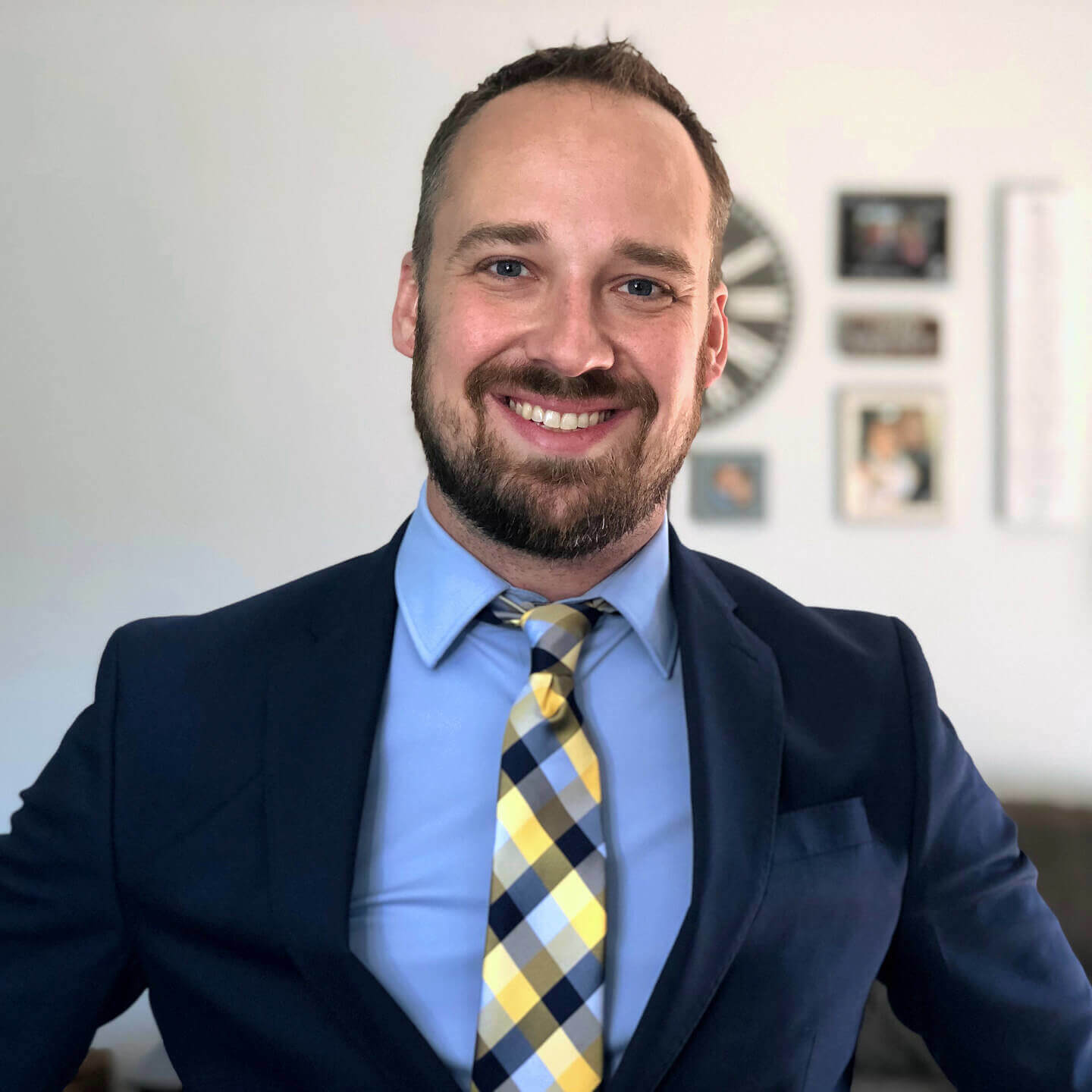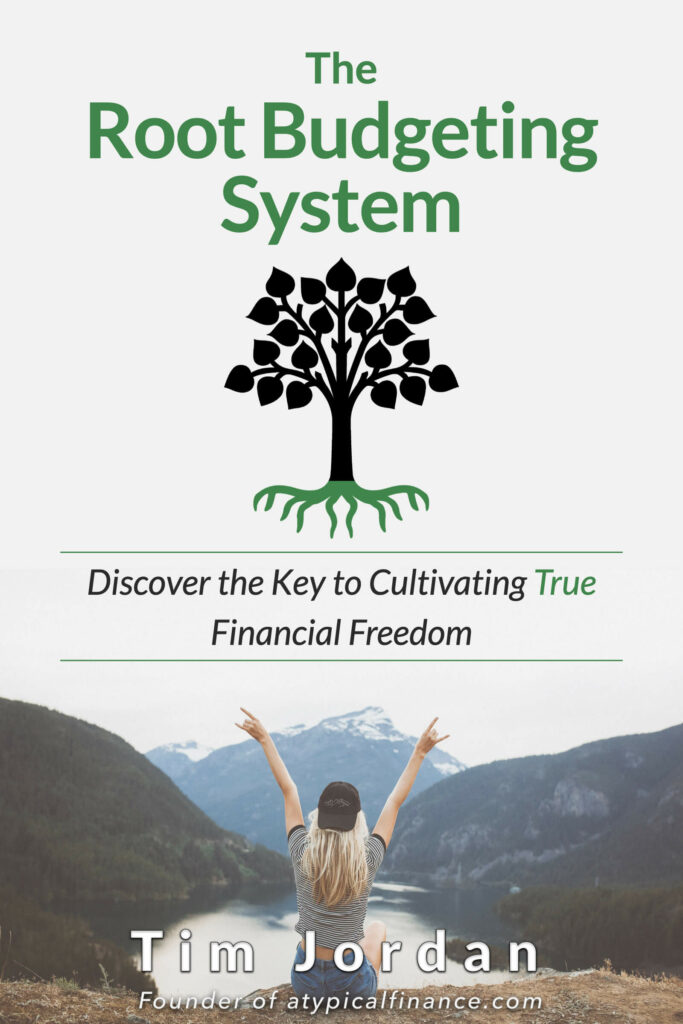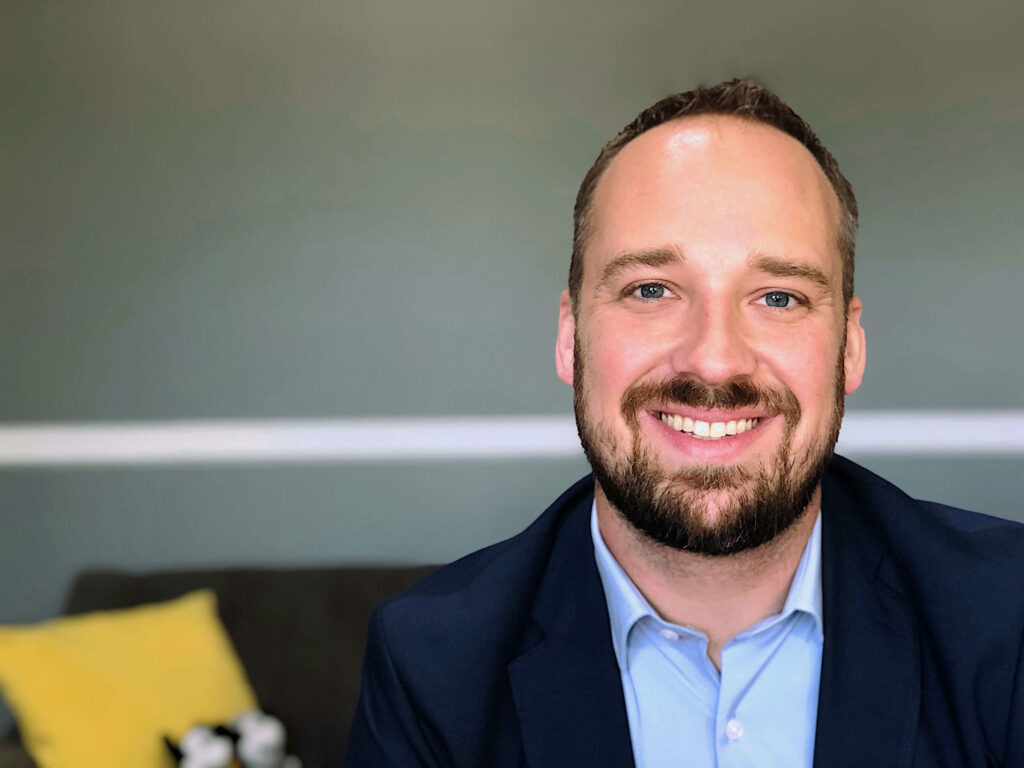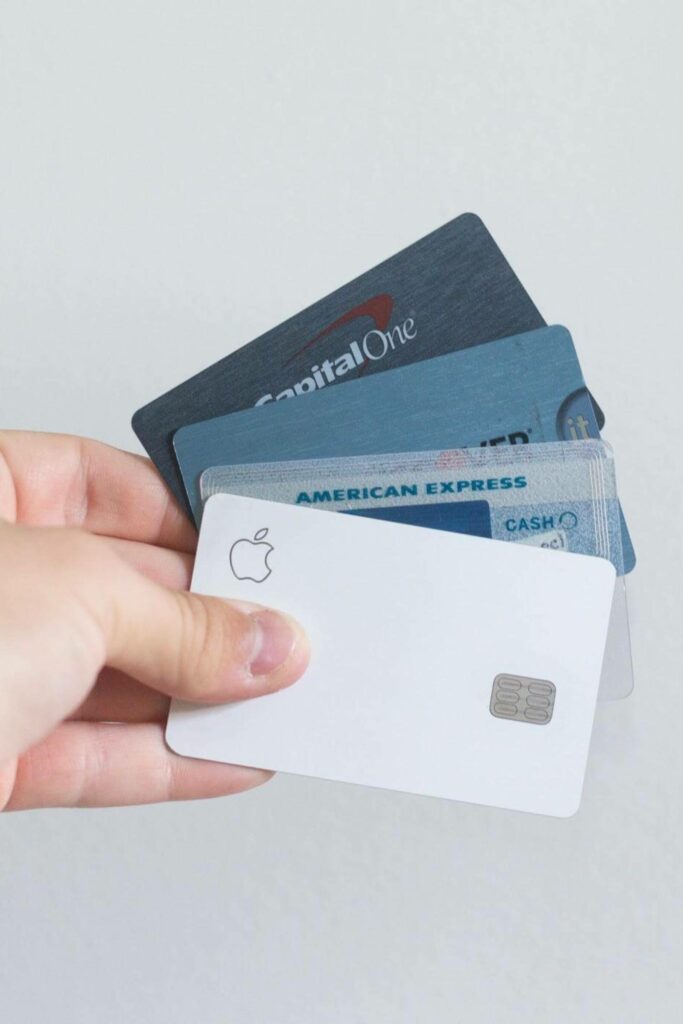Dave Ramsey and I don’t agree on much these days, but there is one thing he teaches that I can easily get behind.
He has a method for never having a car payment again.
Now, before we get into this method, let’s throw out a little reminder.
Not everything works for everyone.
This method may not be your cup of tea depending on where you are in your financial life right now. And full disclosure: I do not use this even though I think it’s a great idea.
If it makes sense for you, use it. If it doesn’t, take what you can and get rid of the rest.
That’s the beauty of personal finance.
Back in 2017, we paid off our old car two and a half years early. We were car-payment-free for a little over three years!
I do enjoy having a new (either brand new or new-to-me) car, but I NEVER miss not having a car payment.
About 10 or so years ago, I came across a blog post that Dave Ramsey wrote that detailed his method for never having a car payment again.
And while his philosophies and methods are questionable (at least to me), I think this method is a great idea.
Let’s get into it!
The Method
Instead of buying a new car right away, the idea is to start with a very cheap car, own it for 10 months, and deposit the car payment you would have had into a high yield online savings account.
Then after that 10 months, you trade in that car for another little bit more expensive car, pay cash, do the same thing for the next 10 months, trade it in for another car a bit more expensive, and so on.
According to LendingTree, the average car payments in the U.S. are $563 for a new vehicle, $397 for a used vehicle, and $450 for a leased vehicle. Let’s average that out to $475 per month.
So you would buy an old car for no more than $2,000. You would drive that thing around for 10 months while depositing $475 into your savings account.
At the end of the 10 months, you have $4,750 in cash saved away for a new car.
After just 10 months of driving the beater, you could realistically get about $1,500 (and possibly even your full $2,000 back) for the vehicle you bought or $2,000.
This makes sense for two reasons. First, it’s a very old car so there isn’t much value to lose. Second, it’s only been 10 months!
You sell your car for $1,500, combine that with the $4,750 you have in the bank, and that leaves you with $6,250 to put toward a new car.
Now you do the same thing except start with a $6,250 car.
You put $475 a month in the bank to continue the trend. 10 months later, with another $4,750 and selling your car at a conservative $5,500, you have over $10,000 to spend on a car!
So in less than 2 years, you can go from driving a beater to driving a pretty nice used car. Continuing that trend for another 10 months and you have $14,250 to spend on a new vehicle.
What to Do With the Money While You Wait
The ideal thing to do would be to invest it or put it in a short-term CD while you wait.
Pretty much anything aside from stuffing it in your mattress would be better than putting it in the average savings account making 0.01% interest.
You want to make sure our money is liquid though so that in 10 months when you pull it out to buy a car, you won’t have any trouble.
An online savings account at 0.5% is probably your best bet as this will be the most liquid and the most interest rate.
The Ultimate Goal
The ultimate goal of this is to have as nice of a car that you want to drive in a few years time.
that in a few years when you have a really nice used vehicle that you can keep for 8 or 9 years, you take that $475 a month and invest it. Since there will be no reason for it to be liquid since you will not be buying a car for a while, there should be no qualms about letting it grow in the market.
$475 a month, or $5700 a year is just under the amount that you can contribute into a Roth IRA (as of 2020). You can check out more information on the 2020 limits for Roth IRA’s here.
It can also be a nice boost toward your 401K coming directly out of your paycheck.
What I’m Doing
As I mentioned, we’re only a few months away from having the car loan paid off. We’ll be saving $411.91 a month on car payments!!
Since we both bought new vehicles, our oldest is only 6 and a half years old. The goal is to keep it for at least another 6 years. I plan on performing the recommended maintenance on the vehicle as well to ensure that I am able to keep it running in tip top shape. The longer I hold onto this vehicle the longer I will have an extra $412 a month.
As far as what we are going to be doing with the money, I would like to open a Roth IRA and invest it. That way it grows at a decent rate. In addition, with Roth IRAs you can pull out the amount that you’ve contributed to the account over the years at anytime penalty-free and tax-free as long as you have proof of how much you have been putting in. If you go over the amount, i.e. into any interest gained, you will have to pay income tax on that amount plus a 10% penalty.
The idea will be to use the initial principle contributions to pay for a car 6 or so years down the line and NOT take out any money that I’ve earned in interest. I am going to make sure that I am very diligent about keeping track of what I put in the account until it’s time to purchase a new vehicle. In addition, I don’t want to just invest the money in a standard investment account because the interest I earn on the account will be tax-free and penalty-free once I reach the ripe ole age of 59 1/2.
What Would You Do with the Money?
If you were in my position, what would you do? Do you think my plan is solid?
I’d love to hear from you in the comments!


















